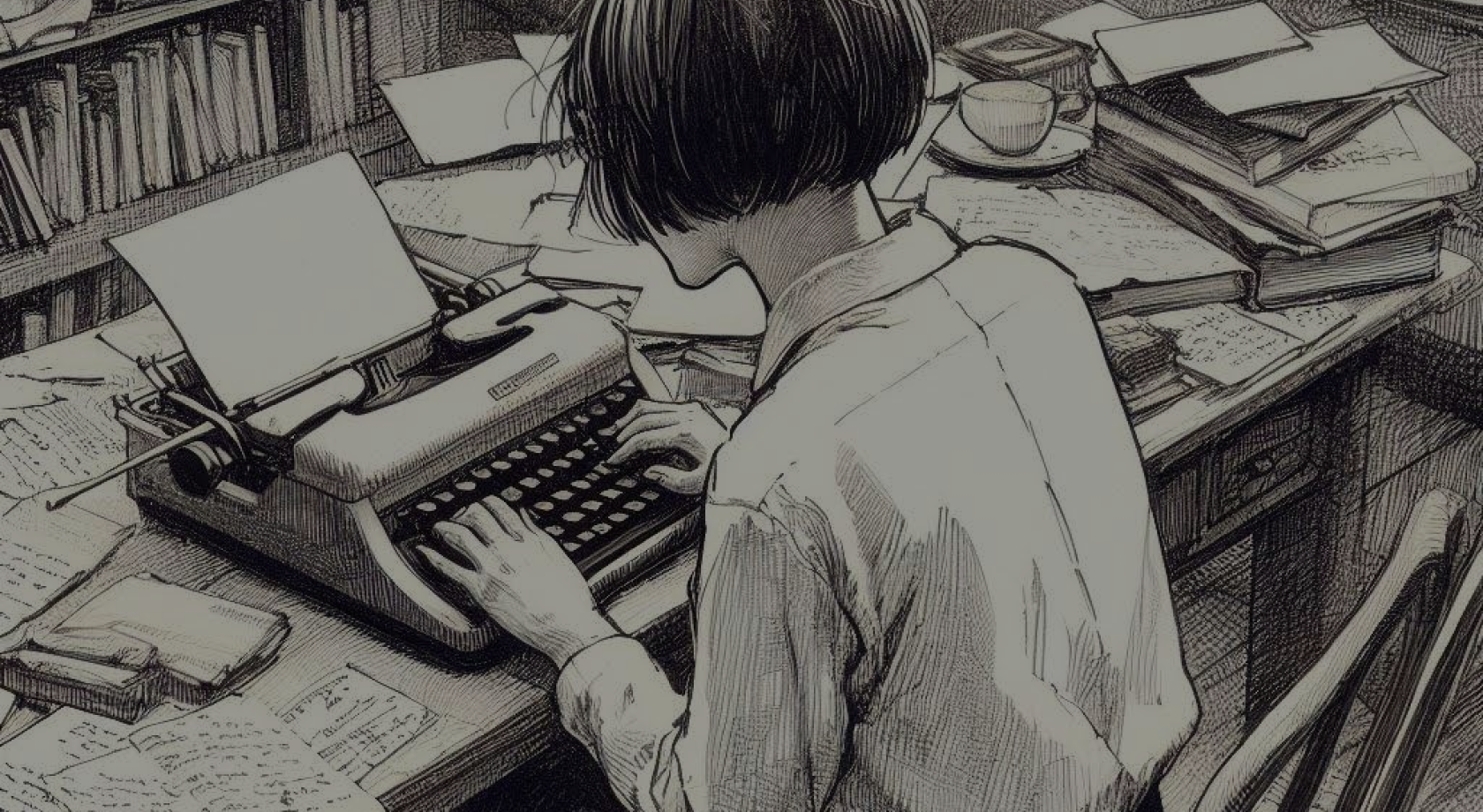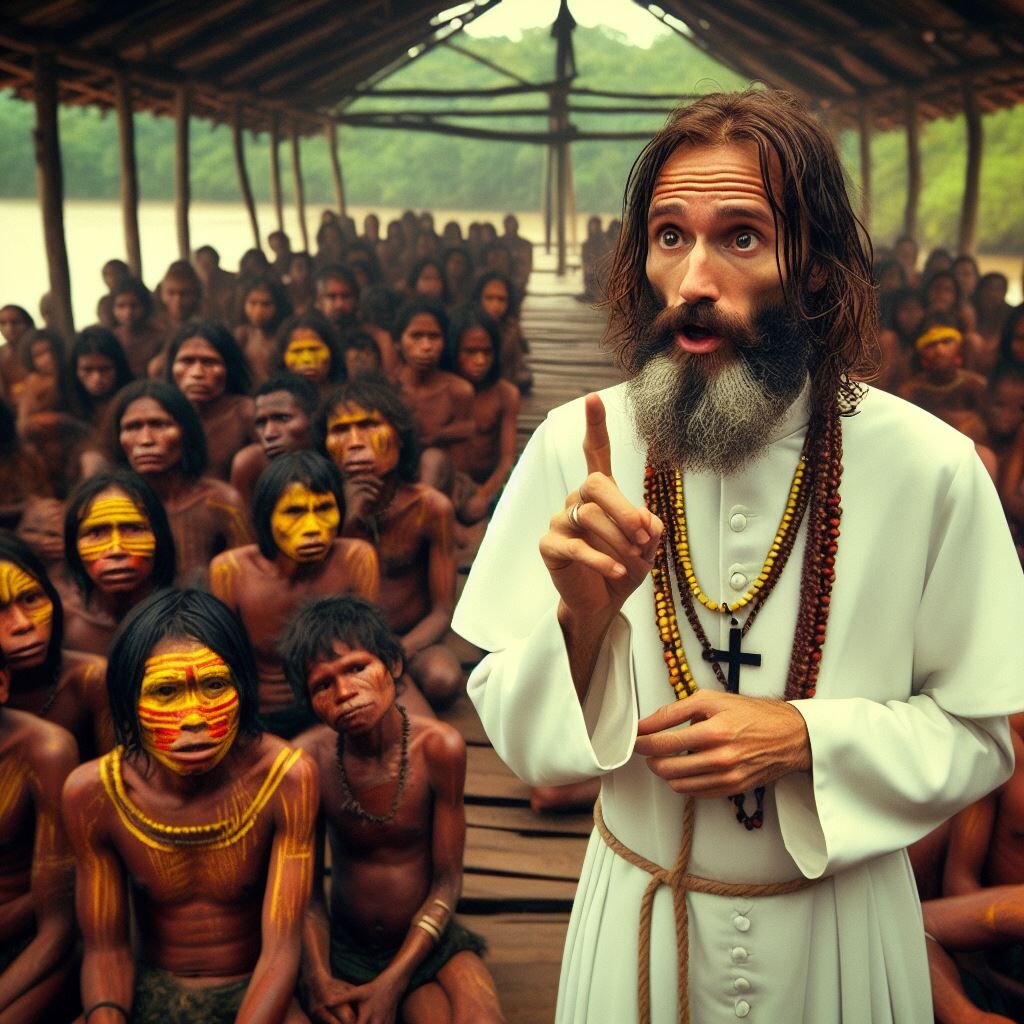Brother José de la Cruz, the Messiah of the Ticuna Indians
When she was six months pregnant, her mother fell seriously ill. It was 1913 and her family was very simple and had no access to good doctors in the small town of Várzea Alegre, in the interior of Minas Gerais, where they lived. A. A brother of hers then convinced her to swear before the Sacred Heart of Jesus that if the child was born and turned out well, it would be given to the Church.
José Fernandes Nogueira grew up knowing that he would be a priest, but both times his mother tried to hand him over to the priests to become a seminarian, José was turned down. Disappointed with the Church's refusals, at the age of twenty-four he decided to get married. In the years that followed, he had seven children, but the call of the Church remained strong within him. Joseph was almost thirty when he went on a religious retreat with the priests to study the teachings of the Bible. He came back from this retreat so impressed that soon afterwards he began to see heavenly visions.
On the first day he had visions, José was returning at dawn from a trip to the mountains of Minas Gerais, when he saw a man coming down from heaven, holding out a cross to him and saying, "Take this apostolic evangelical cross". The man then pointed to the Holy Gospel and said "Take it to the world, this is life". And then the vision disappeared.
The next day, Joseph had another vision. In it appeared two men, the Father and the Son, and between them a shining star, the Holy Spirit. The Father said to him, "Everything you are seeing, and have seen and will see, is the work of the creator, God the Father, who created the visible and the invisible. Don't be afraid, don't be frightened, don't faint, because what condemns is the same as what saves". And again the vision disappeared.
On the third day, José Fernando had his last vision. This time he saw everything that was going to happen to humanity as if he were watching a sacred film of the Third World Christian Reformation.
After the three visions, José went on pilgrimages through Minas Gerais and São Paulo, until one day he decided to leave his family behind and go out into the world to bring the word of the Lord to the people. With this Catholic crusade, he wanted to save humanity from the end of the world, which he knew was near.
He went on pilgrimage through Santa Catarina, Rio Grande do Sul, Paraná, Mato Grosso do Sul, Argentina, Paraguay, Uruguay and Peru. After that, he wandered into the forests of the Amazon. In all, he walked 38,000 kilometers. Along the way, he grew a beard, wore his hair long and wore a Franciscan cassock tied around his waist by a rope. Under the cassock he wore a cilice or a belt of nails and in his hands he carried a wooden cross weighing 13 kilos. His figure was impressive and his followers compared him to Jesus Christ. He now called himself José Francisco da Cruz, Brother José da Cruz.
He told his faithful that during his walks through the savannahs of Paraguay he had been attacked by a tribe of Botocudo Indians. On the way, he had faced crocodiles and jaguars, as well as a large black monster that spewed flames from its face. While crossing the pampas of Rio Grande do Sul, he had been accompanied by a loud, incessant moan, which wouldn't leave him, even when José begged the spirit to tell him what it wanted. On entering the jungles of the Amazon, he had come into contact with several hostile tribes, but had always come out unscathed. It was said that during one of his sermons, he had performed the miracle of multiplying chickens and farofa to feed the faithful. Everywhere he went, he planted huge wooden crosses and left followers in his wake.
When José finally entered the Brazilian Amazon from Peru, he arrived with a reputation as a miracle worker and finally attracted crowds wherever he went. The river dwellers began to follow him by boat on his pilgrimages along the rivers of the Amazon, forming a river procession behind José da Cruz. He soon founded a messianic and apocalyptic sect, which he called the Brotherhood of the Holy Cross, and which won over thousands of followers along the way. Its faithful had to abstain from alcoholic beverages, not participate in parties or dances. Female followers had few rights and were not supposed to attend church when menstruating.
When he landed on the banks of the River Juí in 1972, he declared that this was Evary, his people's paradise, and decided to settle there, even though he was more than 250 kilometers away from the majority of his followers. There, he founded a community, the Village of UPA, which he declared to be the spiritual headquarters of his Order. With the money from donations and the tithes collected from his faithful, José built a church, a hospital and a nursing home, all very simple, erected on stilts to withstand the flooding of the rivers.
Joseph now lived alone in his house, accompanied only by two teenage boys. He had an aversion to women, because he said that Satan tempted man through them. He no longer slept more than three or four hours a day and ate frugally. He only received the faithful during the day, and hardly looked his listeners in the eye. Over time, he began to communicate using a mixture of Portuguese and indigenous languages, which was difficult for most people to understand. He also had diction problems and spoke very quietly, as if to himself. Sometimes he would have outbursts and start shouting, with his eyes wide open, pointing his index finger at his listeners. Whenever he left the house to go to his church, located 100m away, he would carefully close the door. Sometimes even nailing the doors shut.
José da Cruz died at the age of 72, leaving his legacy to Walter Neves, a descendant of Omaguas. Despite almost disappearing after his death, the Brotherhood of Santa Clara survived and today it is experiencing a new heyday. The brotherhood has followers in 109 villages in Amazonas, in 52 indigenous communities in Peru, and even in Lima. In this recent phase of expansion, it has reached Argentina, where a mission has been set up in Buenos Aires. Of the almost 20,000 followers currently in Brazil, half are Ticuna Indians. With the changes made by Walter Neves in the Church hierarchy, the number of Indians in ecclesiastical positions has increased and, with this, the Indians have finally seen their independence from their bosses increase, a cursed legacy from the days of the Rubber Cycle, when belief in Jesus Christ had been seen by the rubber plantation owners as a way of controlling the Indians who tried to rebel against oppression. Since then the Rubber Cycle, the white bosses had exercised a double leadership, religious and economic. Now, 15 years after the creation of the Brotherhood of Santa Clara, the Indians finally felt free to question this domination.
Please take a look at the YouTube video of Brother José da Cruz:
https://www.youtube.com/watch?v=bczeCmir6V8


